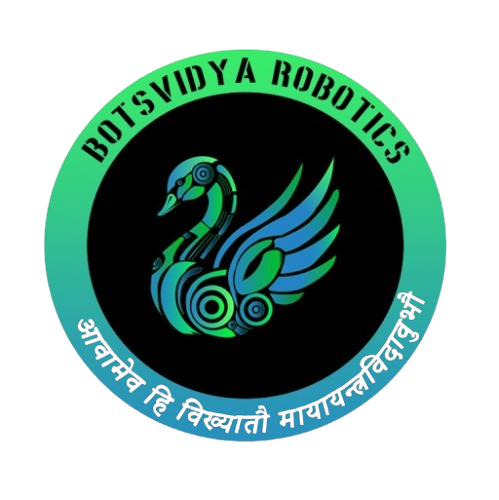1. Understanding the Digital Divide
In today’s world, technology is a crucial part of our lives, from online transactions to controlling smart devices. However, not all students have equal access to technology. Many students in rural areas lack awareness and exposure to AI, robotics, and other technological advancements. This gap in access creates a digital divide, preventing these students from exploring future career opportunities in STEM fields.
To bridge this divide, schools, educational organizations, and the government must work together to ensure equal opportunities for all students. Educators and mentors play a key role in introducing young minds to STEM and AI concepts.
2. The Role of EdTech in Bridging the Gap
Educational technology (EdTech) companies focus on providing students with the necessary resources and learning experiences to enhance their technological skills. However, financial constraints often prevent rural schools from offering quality STEM education.
To overcome this challenge, organizations collaborate with government programs to establish STEM labs and provide affordable learning solutions. These efforts ensure that students, regardless of their background, have access to hands-on learning experiences.
3. Government Initiatives and Strategies
To promote 21st-century skills in education, the government has introduced several initiatives:
- Atal Tinkering Labs (ATL): Launched by NITI Aayog, this program provides financial support to schools for setting up hands-on STEM learning environments.
- National Education Policy (NEP) 2020: Encourages the integration of technology in education to equip students with future-ready skills.
Through these initiatives, students gain exposure to robotics, AI, and programming, helping them develop problem-solving and analytical skills.
4. Creating Inclusive and Accessible Learning Content
Providing STEM kits and tools is just one part of the solution. Quality content is equally important to help students understand complex concepts in AI and robotics. This includes:
- Interactive learning materials such as books and online courses
- Hands-on experiments and project-based learning
- AI and robotics training programs integrated into the curriculum
By making STEM education engaging and accessible, students who struggle with theoretical learning can better grasp practical applications, leading to a more balanced learning experience.
5. Collaboration with STEM Education Companies
Organizations like BostVidya Robotics work with schools and governments to create innovative lab solutions. These labs provide students with access to modern technology, helping them build essential skills in AI and robotics. Through strategic partnerships, such initiatives make STEM education more accessible to all students, bridging the gap between rural and urban learning environments.
6. Conclusion
Closing the digital divide is about more than just providing technology—it’s about empowering students with the right skills and knowledge. Through initiatives like Atal Tinkering Labs and partnerships between schools, governments, and STEM education companies, we can ensure that every student, regardless of their location, receives equal opportunities in STEM and AI education.
By integrating AI and robotics into the curriculum and providing accessible resources, we can prepare students for a future where technology plays a central role in innovation and career development. With collective efforts, we can create an inclusive learning environment that equips students with the confidence and expertise to thrive in the digital world.
